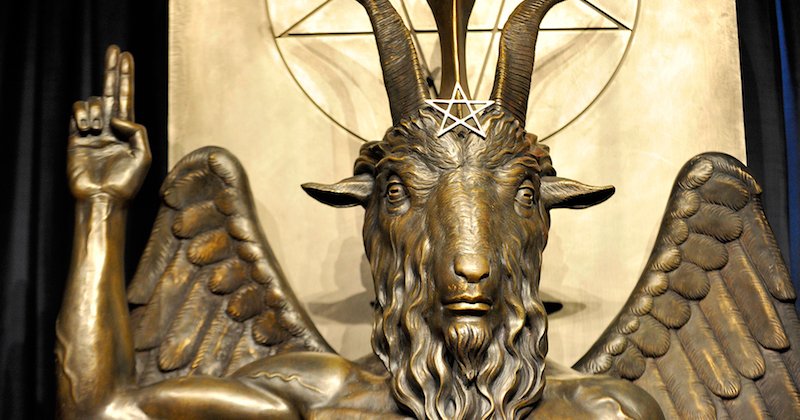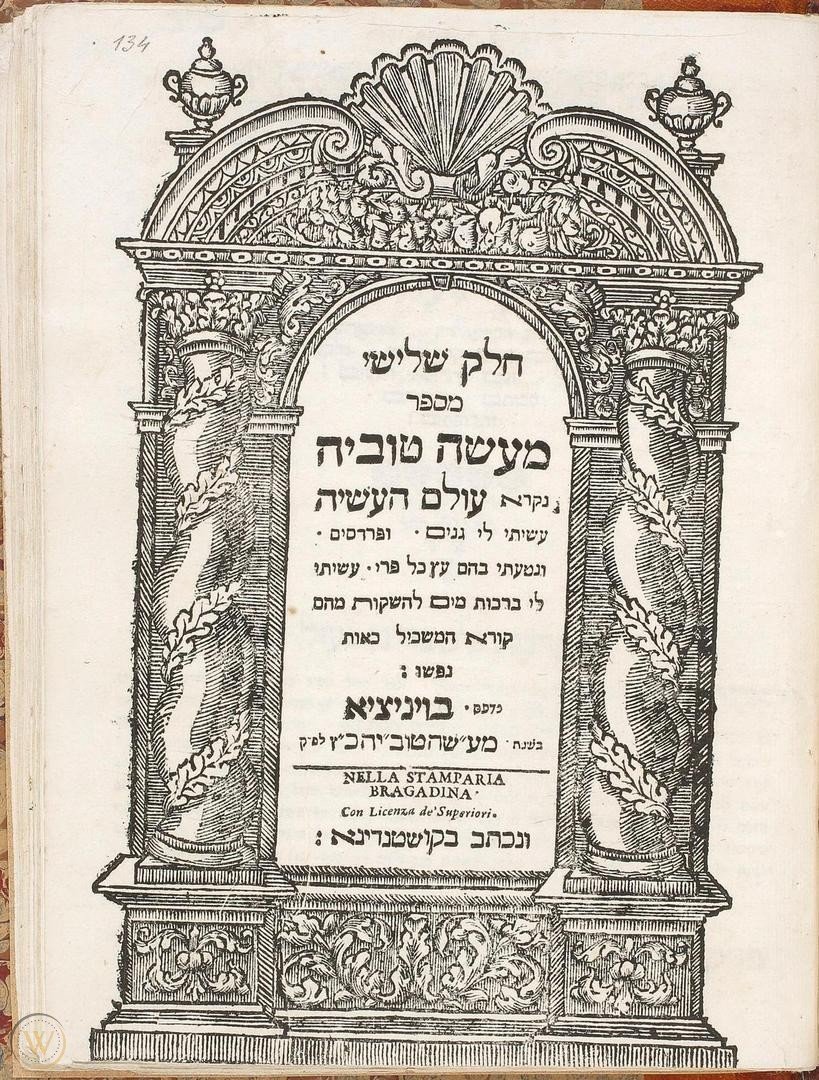Aylonit Syndrome
An Aylonit is a woman who is congenitally unable to have childern. In the fifth chapter of Niddah (47b) the Mishnah describes the signs which suggest that a woman is an Aylonit:
תלמוד בבלי נדה דף מז עמוד ב
...בת עשרים שנה שלא הביאה שתי שערות, תביא ראיה שהיא בת עשרים שנה - והיא איילונית, לא חולצת ולא מתיבמת
A woman who is twenty years old and has not grown two pubic hairs..is classified as an Aylonit...
In tractate Ketuvot (11a), the Talmud suggests the etymology of the word Aylonit: "איילונית - דוכרנית דלא ילדה - an Aylonit [is given this name] as if she is a ram [דכר is the Aramic translation of the Hebrew word איל– a ram] which [being a male] cannot give birth." This is where Rashi got his explanation on today’s daf.
Later in Yevamot (80b) the Talmud gives four other signs of this condition, which are codified by Maimonides:
רמב"ם הלכות אישות פרק ב הלכה ו
ואלו הן סימני אילונית, כל שאין לה דדין, ומתקשה בשעת תשמיש, ואין לה שיפולי מעיים כנשים, וקולה עבה ואינה ניכרת בין איש לאשה
These are the signs that a woman is an Aylonit: She has not developed breasts, she has difficulty during sexual intercourse [that is, she has a diminished libido], the mons pubis is lacking, and she has such a deep voice that it is indistinguishable from that of a man...(Mishneh Torah, Hil. Ishus, 2:6)
There are many reasons for a woman to be infertile, but because the Talmud lists a number of signs other than infertility, we are able to narrow down the possible causes in the special case of the Aylonit. As many have previously noted, the cause of the Aylonit is likely to be what, (since 1938) we now call Turner's Syndrome.
Turner's Syndrome
In 1938 an American endocrinologist names Henry Turner published a paper describing a newly observed syndrome in seven female patients. (A syndrome is a series of medical abnormalities which occur together.) It consisted of a triad of infantilism, a webbed neck, and a deformity of the elbow. It was found only in female patients, and was associated with delayed or absent sexual development. We now know (and Turner did not) that it is caused by a genetic aberration in which the patient has a missing X chromosome. Instead of carrying 44 regular and two X chromosomes, a woman with (what we now call) Turner's Syndrome has one missing X chromosome. (It gets a little more complicated: in some cases of Turner's Syndrome the woman has only part of one of the X chromosomes missing. And in others, the women's cells contain a mixture of both normal - 45XX - and abnormal - 45X - chromosomes. This is called mosaicism. But let's keep our focus.)















